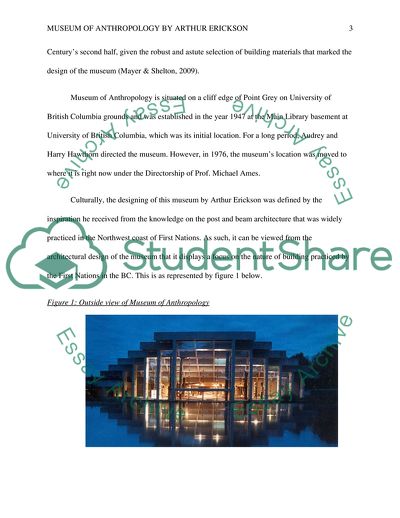Cite this document
(Museum of Anthropology by Arthur Erickson Essay Example | Topics and Well Written Essays - 1250 words, n.d.)
Museum of Anthropology by Arthur Erickson Essay Example | Topics and Well Written Essays - 1250 words. https://studentshare.org/architecture/1849450-museum-of-anthropology-by-arthur-erickson
Museum of Anthropology by Arthur Erickson Essay Example | Topics and Well Written Essays - 1250 words. https://studentshare.org/architecture/1849450-museum-of-anthropology-by-arthur-erickson
(Museum of Anthropology by Arthur Erickson Essay Example | Topics and Well Written Essays - 1250 Words)
Museum of Anthropology by Arthur Erickson Essay Example | Topics and Well Written Essays - 1250 Words. https://studentshare.org/architecture/1849450-museum-of-anthropology-by-arthur-erickson.
Museum of Anthropology by Arthur Erickson Essay Example | Topics and Well Written Essays - 1250 Words. https://studentshare.org/architecture/1849450-museum-of-anthropology-by-arthur-erickson.
“Museum of Anthropology by Arthur Erickson Essay Example | Topics and Well Written Essays - 1250 Words”. https://studentshare.org/architecture/1849450-museum-of-anthropology-by-arthur-erickson.


